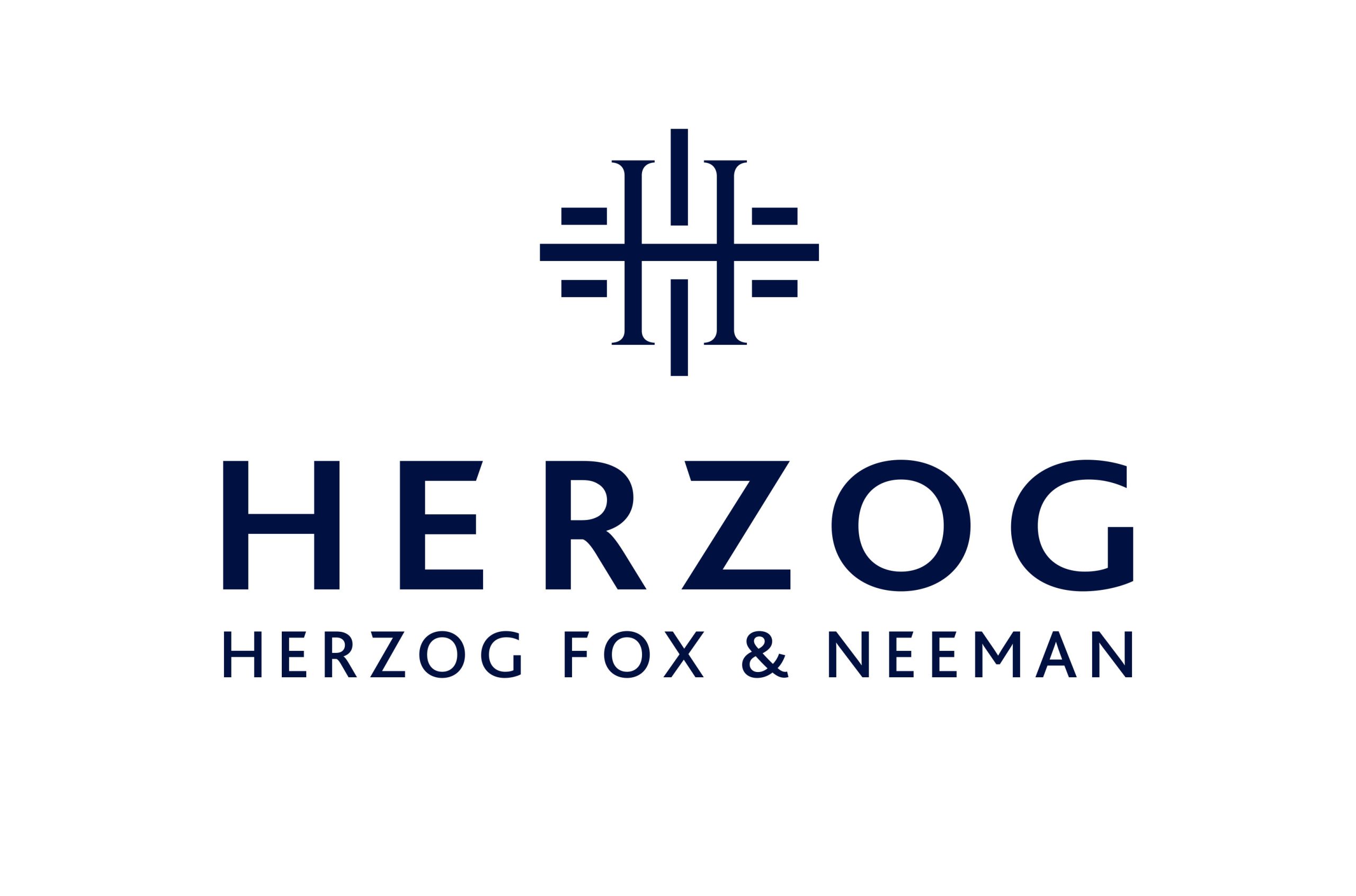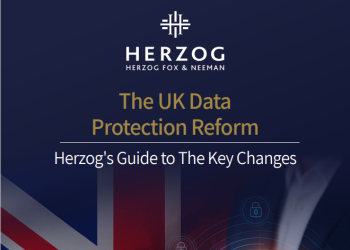EU Advances its Comprehensive Crypto Regulation
4 July 2022
Last week, the European Union policymakers reached provisional agreements on two significant regulatory initiatives affecting the crypto assets sector: the Markets in Crypto-Assets (“MiCA“) Regulation proposal, and an extension of the Anti-Money Laundering (“AML“) transparency rules on transfers of funds to crypto-assets.
The first provisional agreement – reached by the EU Council presidency and the European Parliament on 29 June 2022 – extends the scope of the rules on information accompanying the transfers of funds (the “travel rule”) to apply to transfers of crypto assets. The new rule would require crypto asset service providers to collect and make accessible key details about the originator and the beneficiary of the transfers of crypto assets they operate.
This agreement intends to increase the financial transparency on crypto-asset exchanges and to apply through the EU a solid framework that complies with the most demanding international standards, following the recommendations of the international Financial Action Task Force (FATF).
The legislators agreed to align the timetable for the application of this regulation with the comprehensive regulatory framework that would apply to various services concerning crypto assets: the MiCA Regulation, which is the subject of the second provisional agreement.
The MiCA proposal was first introduced on in September 2020 aiming to create a regulatory framework for the crypto-assets markets that preserves financial stability and protects investors. MiCA would set a comprehensive regulatory framework for the crypto industry by, inter alia, requiring crypto-assets service providers (“CASPs“) to have an authorization, issued by national authorities, in order to operate within the EU, and require a publication of an information document prior to initial coin offerings. See our related update which highlighted he main aspects in the original draft of the regulation here.
One of the main issues covered by the MiCA proposal is strict regulations for stablecoins, an issue that has gained the legislators’ attention following the dramatic collapse of TerraUSD last month. The new regulation would require stablecoin issuers to publish a “white paper”, register with the authorities, and keep ample reserves of the pegged assets, similar to bank reserves, and a transactions-per-day cap of EUR 200 million on widely used stablecoins.
Furthermore, Non-fungible tokens (“NFTs”) will be excluded from the scope of MiCA, except if they fall under other existing crypto-asset categories. The European Commission may prepare a specific regulatory regime for NFTs in the future if it deems it necessary.
The provisional agreement is subject to approval by the Council and the European Parliament before going through the formal adoption procedure. Then, the new regulatory framework is expected to come into force as early as 2024.
Businesses that issue, exchange, transfer or provide services crypto-assets related in the EU, should stay tuned for further updates and prepare a path to compliance with the new regulatory framework before it goes into effect.
Feel free to contact us if you have any questions regarding the new regulations and their potential effects on your company’s compliance efforts.
Kind regards,
Ariel Yosefi, Partner
Head of Technology & eCommerce Regulation





